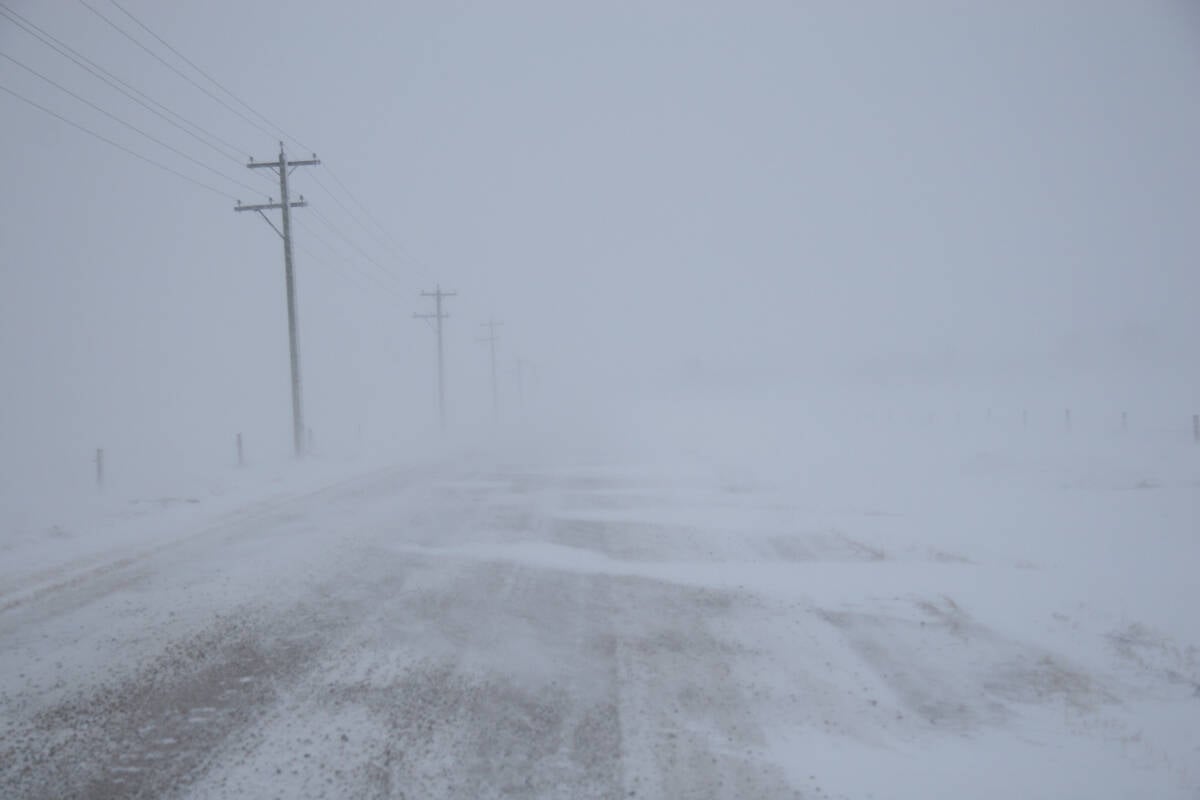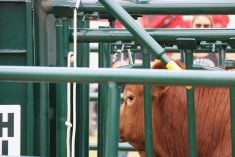CHICAGO, Ill. (Reuters) — U.S. cattle and hog futures closed sharply lower in deferred months following a U.S. Department of Agriculture report that predicted a bigger-than-expected corn crop.
That would lower feed prices, encourage cattle and hog feeding and drive down livestock prices.
“It pressures the back months (of cattle and hogs) because you could theoretically feed them a little longer,” said Peter Adams, principal with Chicago-based PNM Trading.
Feeding cattle and hogs longer add pounds, which produces more beef and pork per animal.
Read Also

Volatile temperatures expected for this winter
DTN is forecasting a lot of temperature variability in the Canadian Prairies this winter. Precipitation should be close to average.
However, not everyone was convinced the USDA report was accurate.
“I don’t believe what the crop report says. I don’t think the report is up to date with all of the flooding that has been going on,” said Jim Burns, a Chicago hog trader.
“I think the corn and the back-month hogs are good buys.”
Added Dan Norcini, an independent livestock trader: “My guess is that the (corn) number will be the high point of the year as far as acreage goes and that the number will move lower as the season progresses.”
Cattle and hog futures have traded at record highs this year. This is partly because high feed prices, particularly for corn, have discouraged producers from expanding herds despite profitable livestock prices.














